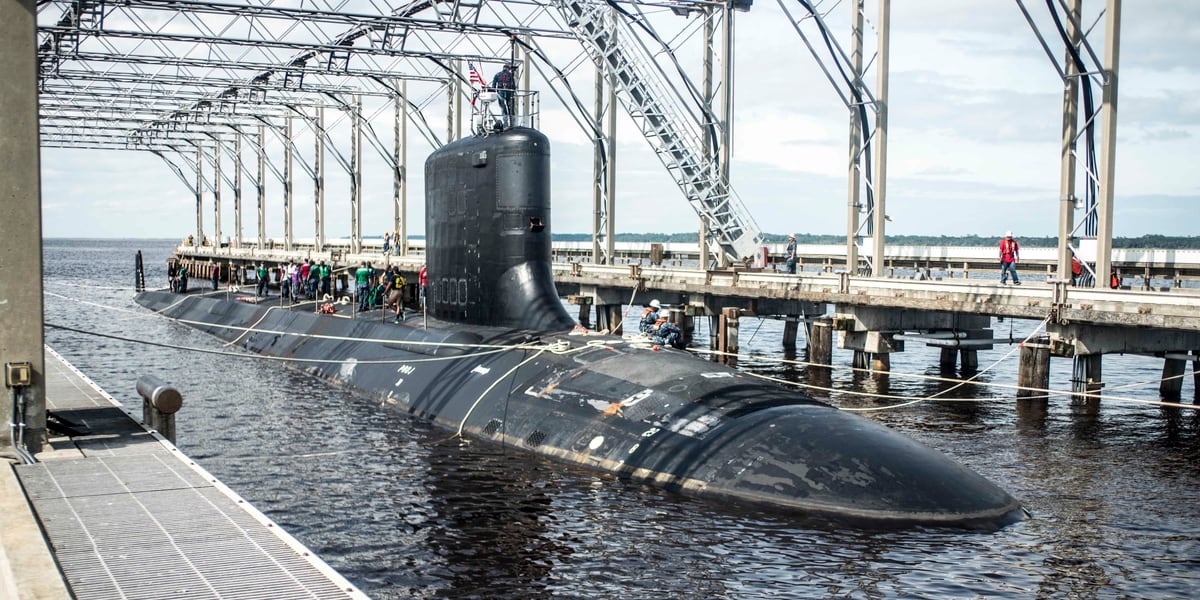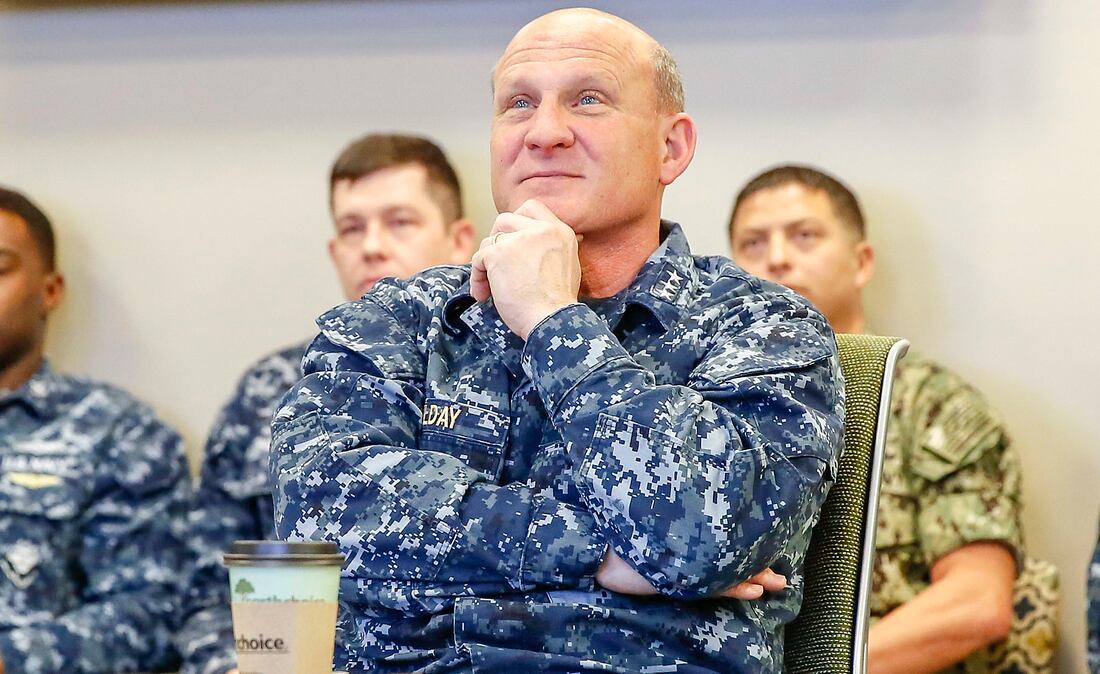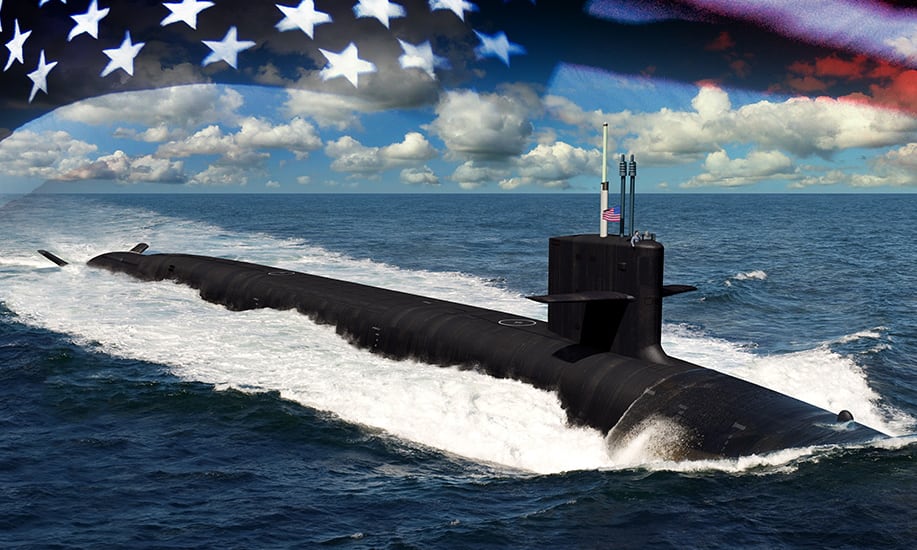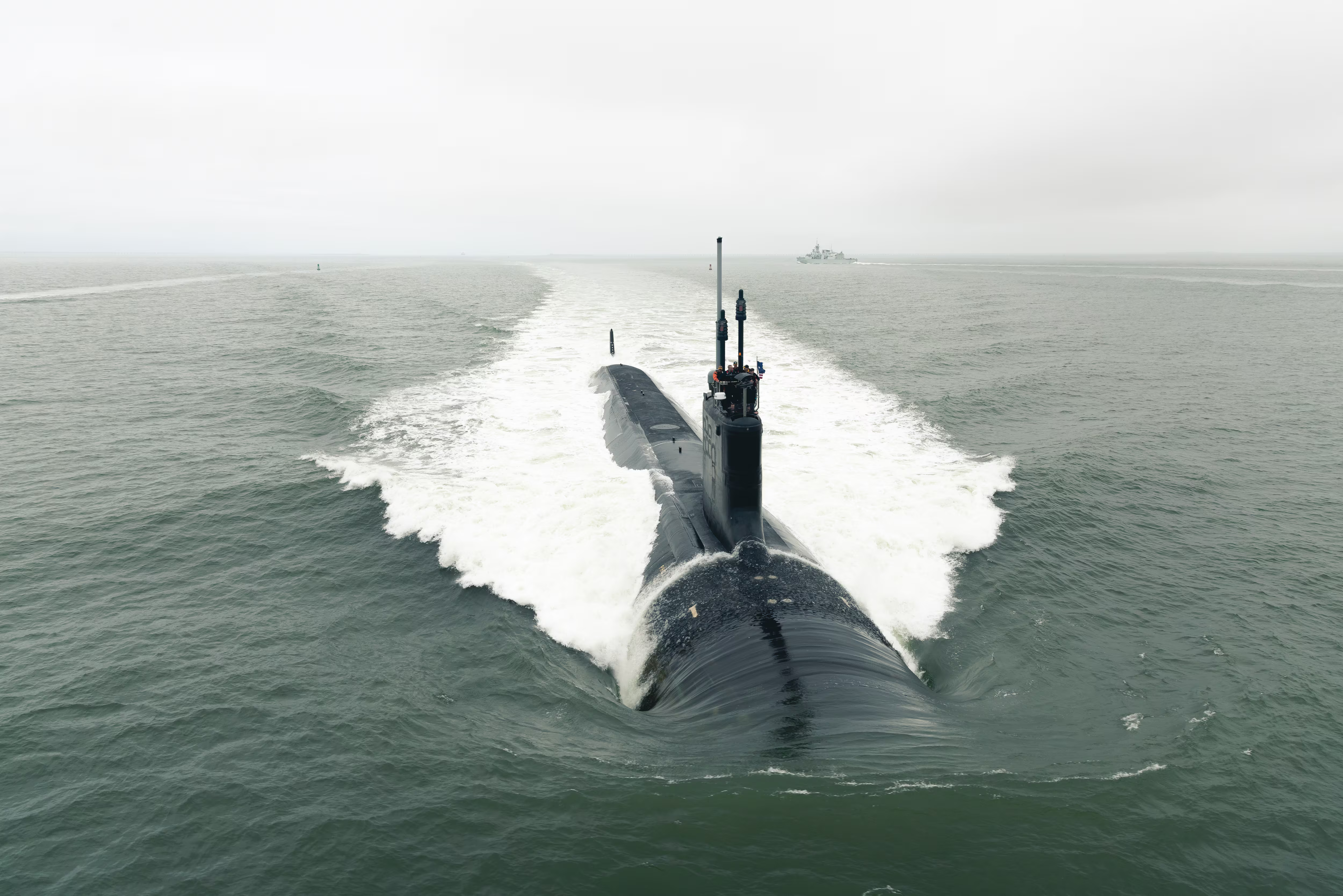WASHINGTON — Adm. John Richardson, who was plucked from the naval reactors office to lead the service as it geared up for its No. 1 shipbuilding priority, the replacement for the Ohio-class ballistic missile submarine, is leaving his post amid issues with the American submarine industrial base.
At the height of the Cold War, General Dynamics Electric Boat and Newport News were producing, on average, 4.2 submarines per year between the Ohio-class boomers and the Los Angeles-class attack boats. Those submarines were built using parts from 17,000 suppliers, according to 2017 testimony from former General Dynamics executive John Casey.
Between 1997 and 2016, production of submarines dropped by 80 percent, and there were several years where the Navy purchased no new subs. The result was a more than 80 percent drop in the number of suppliers in what’s known as the submarine industrial base, according to Casey’s testimony. And the skilled workforce saw a similar contraction.
Now, as the shipyards struggle to adjust to two Virginia-class submarines per year, the Navy is preparing to integrate an 84-foot section into new hulls called the Virginia Payload Module, which will triple the current capacity of Tomahawk missiles to 40 per ship. The service might also expand to three Virginia-class subs in certain years. And, above all, in 2021 the Navy plans to buy its first Columbia-class submarine, a boat more than double the size of a Virginia class.
The mounting pressure on both a diminished supplier base and a green workforce being trained and expanded in real time as the Navy increases the workload has caused delays for the Virginia-class program, once renowned for delivering boats early and under budget.
Additionally, welding problems on new missile tubes have eaten into the schedule buffer the Navy built in for Columbia. The service needs the variant on patrol in 2031 to avoid dropping below the 10 subs required to maintain a constant strategic deterrent.
RELATED

In a Monday interview with Defense News, the outgoing chief of naval operations acknowledged the tremendous pressure facing sub builders and suppliers. And Richardson said that workforce turnover in the shipyards has undoubtedly played a role in the delays creeping into schedules.
“We’re asking a lot of the submarine industrial base right now to continue with Virginia, two to three per year including that payload module, and deliver Columbia," Richardson said. “That’s an industrial base that has a lot on their plate right now. And their workforce is going through a transformation.
“The people who built and delivered the Virginia program, the Los Angeles program and Seawolf — those folks are retiring. We used to have this two-hump camel in terms of the demographics of the shipyard: You had the Cold Warriors and you had the post-9/11 folks. And that Cold War hump is gone. And I think that although it’s going through some friction right now, it’s really inculcating, indoctrinating and educating a brand-new workforce.”
RELATED

Some of the problems, such as the subpar welding on missile tubes from subcontractor BWXT, the Navy thinks it can resolve with improved oversight of contractors, Richardson said.
“You can’t take a lot of the skill sets for granted.,” he said. “We’ve had some welding issues. We’ve got to be on that. [It’s] a lot closer oversight as we educate this new team. It’s not just the welders and other skills; it’s: ‘Well, who were the managers of that. What should they be looking out for?’ ”
On the whole, however, Richardson is optimistic workforce issues will be resolved as new employees gain experience.
“As I zoom out, it’s a super exciting time for the nation because a lot of people are coming into this workforce and they’re getting terrific jobs: they’re getting educated to do really high-end work both for themselves and for the country,” Richardson said. “But there is a learning curve associated with that. But if you think about it, I’d rather be doing that learning now [rather] than later.”
‘There is going to be something’
The workforce issues are threatening to mar the Columbia program before it really gets off the starting blocks next year.
The program — which the Navy has said for most of this decade is its top shipbuilding priority — is likely to see its $115 billion price tag fall short of what’s required, according to a Government Accountability Office report in April, because the Navy inadequately accounted for the labor hours necessary to complete the boat.
Time spent waiting for parts is already starting to take a toll on ship construction schedules, according to Navy officials. Added to delays created by a green workforce taking more time than a more experienced workforce to complete the same work, the country runs the risk of not having enough boats to execute its continuous strategic deterrent regime.
RELATED

Delays have already eaten into the Navy’s wiggle room, Richardson said.
“I think that the Columbia program is on track, but there is so little margin in that program” he said. “And I know, just because I’ve done this enough, that you’ve got to build that margin in. And we did: We built that margin in, but a lot of it has been eaten up by one unexpected thing or another. So we’re still on track, but a lot the margin is gone."
Getting the Columbia on a better path means the Navy, Electric Boat and their partner in shipbuilding, Huntington Ingalls Industries in Newport News, Virginia, must deliver pieces of the program faster.
“We’ve got to build that margin back, and we’ve got a plan — we’ve set some pretty aggressive goals for that,” he said. “We’re going to build the lead ship of that class in the same time we built the lead ship of Virginia. And it’s two-and-a-half times the size. But we’ve learned a lot about shipbuilding, so the design will be a lot more complete than Virginia was at the start. There is a tremendous amount of oversight where we think the risks are, the known knowns.
“But I will tell you I just know there is going to be something in testing, it’s a super complex system. So we just need to be driving hard to build margin. We said in the [Design for Maintaining Maritime Superiority 2.0]: ‘Hey, deliver it as fast as you can. Whatever [initial operating capability] we set for ourselves, let’s not take any comfort in that. Let’s just keep retiring risk as fast as we can. Get that thing out to sea as fast as we can.’ Because if we get into that risk retirement mindset, that’s what will happen.”
David B. Larter was the naval warfare reporter for Defense News.








